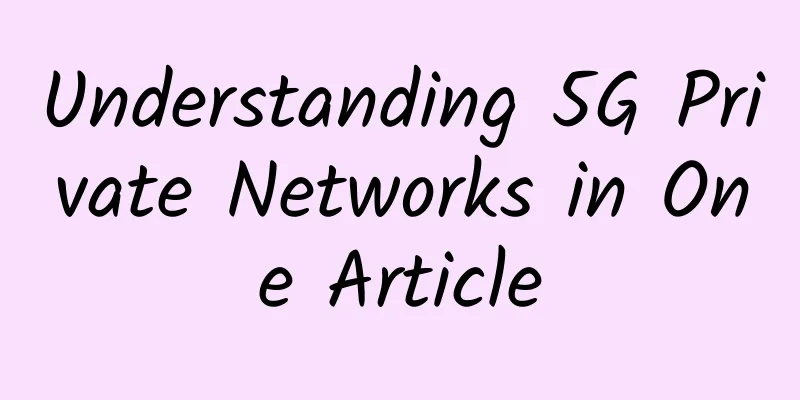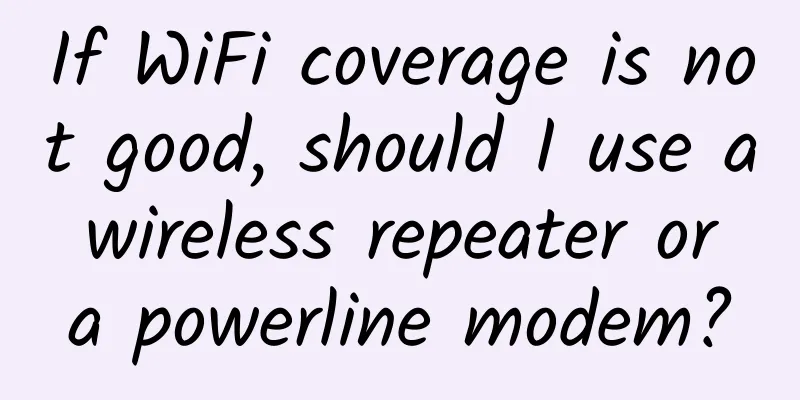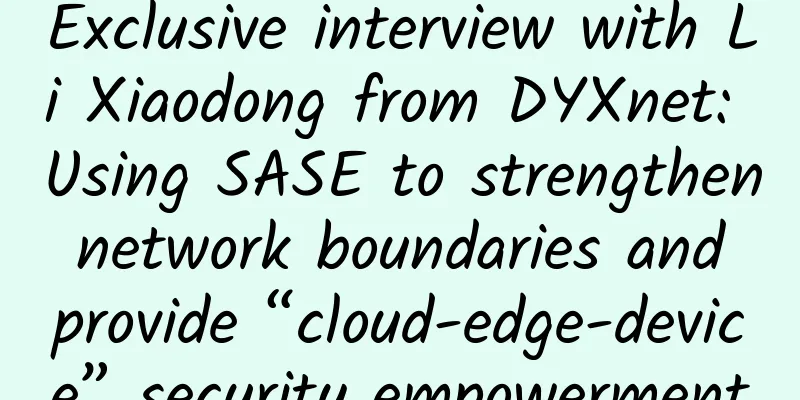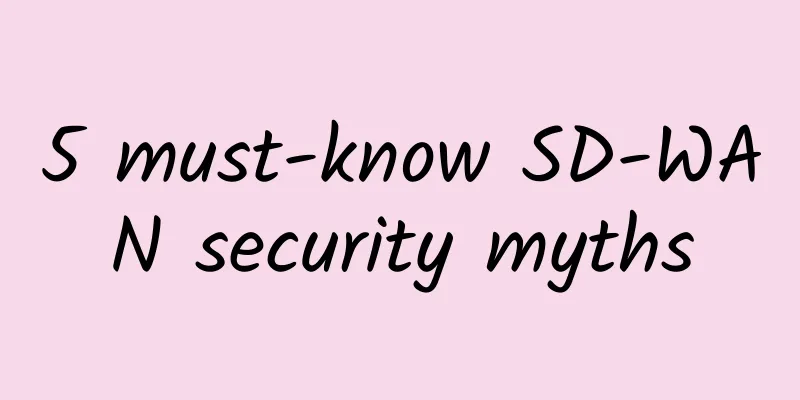Trend analysis: How to make 5G technology more down-to-earth from MWC
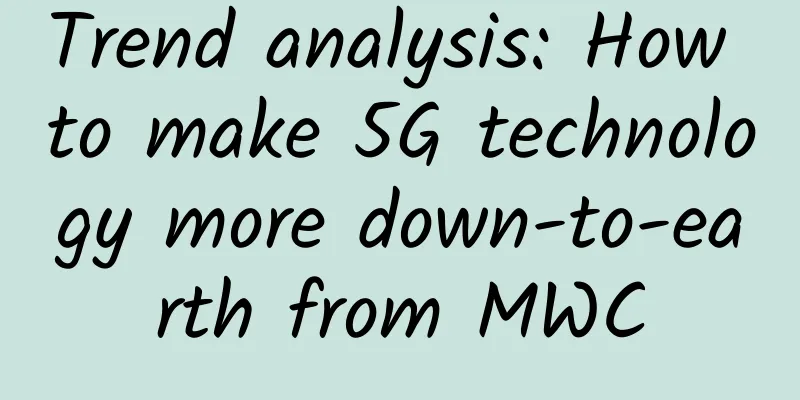
|
At MWC two years ago, we heard people imagining what 5G is. Since last year, we have heard endless discussions about 5G technical standards. At this year's MWC, mobile communication giants have begun to showcase 5G usage scenarios. 5G is more down-to-earth as it moves beyond the laboratory
In the first two days of the event, in addition to the release of various new smartphones, the fifth-generation mobile communication network 5G has also become the focus of attention at this year's MWC. 5G networks can provide faster communication speeds than 4G, and it is expected that as many as 200 operators will be the first to launch 5G-related services this year. What is 5G? Many people have the same confusion. To put it simply, 5G is a truly integrated network. It realizes the interconnection of all things by establishing a unified integrated standard. On the one hand, 5G needs to meet the transmission experience of higher speed, and on the other hand, 5G also needs to meet the access standards of larger bandwidth, higher capacity and more reliable. Previously, the ITU International Telecommunication Union pointed out that in the future, the peak rate of 5G will reach 20Gbps, the user experience rate will reach 100Mbps, and the delay will be within 1 millisecond. Looking back at the previous MWCs, most of the exhibits we saw were centered around 5G base station prototypes. For example, last year Intel launched the industry's first mobile test platform that supports both sub-6GHz and millimeter waves to test wireless access for 5G devices. This shows that many manufacturers and operators were still in the prototype testing stage for 5G at the time. Unlike previous years, this year we see more and more 5G applications or services and other solutions starting to land. For example, at the Intel booth, they showed how to integrate 5G networks in driverless cars, smart cities, VR/AR virtual augmented reality, and smart homes. Nokia exhibited 5G-based solutions in industry, sports, and smart homes, as well as how 5G helps robots work efficiently. On the other hand, Qualcomm exhibited 5G-based car positioning technology and announced that it would conduct off-site tests based on the 5G NR new air interface standard with China Mobile and ZTE. When introducing 5G technology, Huawei also tried to analyze network construction scenarios from the perspective of users and operators, and opened a special 5G+VR demonstration area for visitors to experience. ZTE's booth *** demonstrated the use of gigabit mobile phones in AR, games, cloud storage, APP and other aspects. Previously, Ericsson also announced that it would cooperate with Verizon to test 5G networks in multiple cities in the United States, moving away from relatively conservative laboratory testing. Of course, these are just the tip of the iceberg of 5G technology demonstrations at the exhibition, but it is gratifying that the once lofty 5G now seems to be within reach. For consumers, people finally have the opportunity to experience what 5G is in a simple and easy-to-understand way on a stage like MWC. What changes can 5G bring to our lives?
As the Internet of Things continues to improve, more and more devices will have wireless connection capabilities in the future. Such a large number of network connections cannot be supported by the current 4G and 4G+ networks. From a technical analysis, 5G network speeds will be 100 times faster than current wireless technologies, with low latency and wider connectivity. Putting aside those complex technical parameters, how will 5G change our lives? The following scenarios were listed at the MWC site. Network speed: People often complain about slow Internet connections, whether it is loading web pages, watching videos or playing online games. This means that there is still a lot of room for improvement in network speed. If you use a 5G network, it only takes 10-15 seconds to download a high-definition movie. When you use some cloud storage office software, the user experience will be closest to local storage operations. Telephone conferences: When it comes to common telephone conferences for white-collar workers in companies, voice calls are generally more common based on the current 4G. With the support of 5G, video calls will become popular in the future, and the fluency and clarity will not be compromised. VR games: Currently, when playing head-mounted VR, you are often bound by cables. After 5G becomes popular in the future, you will be able to get rid of cables and achieve a lower latency online experience. Remember last year at MWC, Zuckerberg publicly stated that 5G is the real killer innovation application. Yes, it may lead to the next round of VR explosion. Autonomous driving: It may seem unrelated, but 5G is actually closely related to smart cars, especially those autonomous cars from the future. Relying on the higher-speed 5G network, autonomous vehicles can exchange data with the control center more accurately and in real time, and simultaneously receive or share road condition information. Nowadays, there are more and more sensors on cars, and these sensors can also synchronize the car's data information after connecting to 5G. Medical industry: In addition, in the medical industry, relying on 5G technology, doctors may be able to implement a remote treatment solution. In the future, you may be able to see a doctor at home without leaving your home. It is really a blessing for lazy people. 5G is faster because operators open up more wireless channels and millimeter wave technology, while relying on small base stations to provide network coverage, making data transmission and exchange distances shorter. But if you think that 5G is just about improving network speed, you are wrong. In fact, it also has advantages in multi-connectivity. The improvement of 5G network capacity means that it can carry more devices. In the future, perhaps everything around you may have the ability to connect to the Internet, such as smart clothing, sports equipment and even landmark buildings. Another application is to solve the latency problem. Usually in the fields of cloud storage, VR, AR, Internet of Vehicles, smart home and even drones, the demand for such low latency is very demanding, generally within 1 mm. 5G can obviously solve this problem, but it takes a process to achieve it. When can we use 5G? On the first day of MWC, several mobile communications companies announced that they would jointly support the acceleration of 5G New Radio (5G NR) standardization process to promote large-scale trials and deployments of 5G New Radio as early as 2019. The 22 companies supporting the accelerated proposal include: AT&T, Nippon Telegraph and Telephone Corporation, SK Telecom, Vodafone, Ericsson, Qualcomm, BT, Telstra, Korea Telecom, Intel, LG Uplus, KDDI, LG Electronics, Telia Company, Swisscom, Telecom Italia Mobile (TIM), Etisalat Group, Huawei, Sprint, Vivo, ZTE and Deutsche Telekom. In terms of terminal chips, Qualcomm's subsidiary has developed the X50 5G modem to support 3GPP 5G new air interface solutions. This modem can operate below 6GHz and multi-band millimeter wave spectrum, providing unified 5G access for major spectrum types and bands, with a peak download rate of 5Gbps, and is compatible with 5G, 4G, 3G, and 2G. The X50 chip is also designed for enhanced mobile broadband to improve bandwidth and speed. It is reported that this chip can assist operators in conducting 5G trials and deployments in the future. 5G terminals integrating the Snapdragon X50 chip are expected to be mass-produced in the first half of 2018 and will be launched in 2019. At the same time, Intel recently launched its third-generation 5G mobile test platform, which uses a full-featured small mobile solution suitable for high-speed 5G end-to-end field and interoperability testing. Its processing power is twice that of the second-generation platform and its signal coverage area is wider. It is expected to be put into production in the second half of 2017. In addition, considering that South Korea will host the Winter Olympics in 2018 and Japan will host the Summer Olympics in 2020, these time nodes will definitely promote the construction and popularization of 5G networks. In short, 5G cannot be achieved overnight. It is like a marathon. Only those who persevere to the end will be the winners. It is conceivable that in the entire scope of the Internet of Things, including mobile phones, tablets, laptops, wearable devices, driverless cars, smart cities, drones, robots, etc., hundreds of millions of smart devices will achieve real-time network connection in the future. At present, the competition among various communication companies in the 5G field is still fierce. Every company has invested a lot of financial and material resources. However, in order to meet the common needs of high speed, low latency and even low energy consumption among various devices, mobile communication companies have currently adopted a cooperative attitude of mutual help. This healthy competition is bound to bring 5G life to us earlier. |
<<: ITBBU: A beautiful encounter between 5G and NFV
Recommend
Japan's largest operator stops NB-IoT services, a new round of industry "reshuffle" is coming, who will be next?
On March 30, NTT DoCoMo, Japan's largest tele...
Will 5G replace WiFi? Not in the short term
As global operators begin to pave the way for com...
Huawei Galaxy AI Network: Across the entire chain of the intelligent era, enabling transformation in thousands of industries
With the emergence of ChatGPT, we have entered a ...
The number of 5G users of South Korea's three major operators has increased, but the network quality has received a lot of complaints
According to data released by market tracker FnGu...
In the post-epidemic era, AIOps unleashes new vitality in enterprise operation and maintenance
[51CTO.com original article] 2020 is destined to ...
What is a DDOS attack?
introduce DDoS is the abbreviation of Distributed...
Interviewer: What is your understanding of Git Rebase and Git Merge? What are the differences?
[[417941]] This article is reprinted from the WeC...
RackNerd New Year Promotion, KVM in Los Angeles/Seattle/San Jose and other computer rooms starts at $9.89 per year
As Christmas and New Year are approaching, RackNe...
5G networks are moving towards cloud, virtualization and network slicing
As some telecom operators seek to accelerate the ...
It is a duty for China Unicom to win against China Mobile, but it is a skill to win against China Telecom
In 2018, policies such as mixed-ownership reform ...
The three major operators are about to adjust, and the low standard of 5G tariffs is coming, and both new and old users have opportunities
2019 can be said to be the first year of 5G base ...
55 yuan = 199 yuan, do you understand the "routine" behind the telecom package?
Reporters found that while measures to benefit th...
V.PS: €5.95/month KVM-1GB/20GB/1TB/12 data centers available in the United States, Japan, Hong Kong, etc.
V.PS is a site under xTOM (founded in 2012). V.PS...
New in Los Angeles CN2 GIA/Japan SoftBank special price starting from $93 per year
BandwagonHost has launched a SPECIAL 40G KVM PROM...
Huawei and Thailand's True Group sign 5G MoU, making the first 5G international video call between China and Thailand a reality
Recently, Huawei and Thai operator TrueMove H (he...


